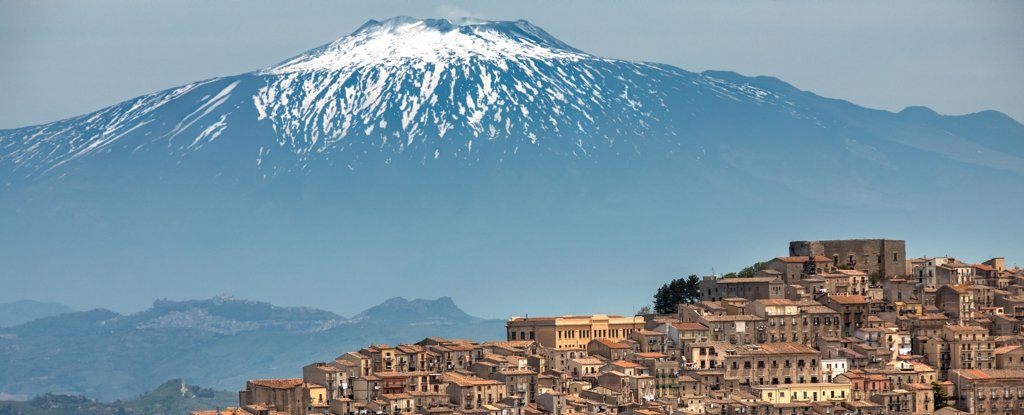
According to Italy's volcano monitoring agency, Mount Etna's southeast crater has increased in height after six months' of activity. This makes it Europe's tallest active volcano.According to INGV (the National Institute for Geophysics and Vulcanology), the volcano's youngest and most active crater rose to a new record of 3-357m (11,000 feet) above sea-level."Thanks to analysis and processing satellite images, southeast crater is now much taller than its 'older brother,' the northeast crater. For 40 years, it was the undisputed peak Etna," the INGV stated in a press release.It stated that 50 episodes of ash-lava belching at the mouth of the volcanic crater have occurred since February. This has led to "conspicuous transformation" of the volcano's shape, which was calculated using satellite images.In 1981, the northeastern crater Etna reached a height record of 3,350m. However, a collapse at its edges in 2018 reduced it to 3,326m.Since February, the crater has been producing smoke and ash. It poses little threat to nearby villages.The government of Sicily estimated that 300,000 metric tons of ash had been removed so far in July.The ash has caused a nuisance in the surrounding areas by clogging streets, slowing down traffic, and causing damage to crops.Tania Cannizzaro, a pensioner from Catania, told AFP that Mount Etna was beautiful but also a nuisance, as ash would sometimes fall "like rain" in Catania, a two hour drive from the volcano."Depending on wind, the rumblings from the volcano reach Catania, and make the windows shake," she explained, adding that the ashes turn streets and balconies black."But, there's also the spectacle, especially at night when you see the red plume that moves."Agence France-Presse
